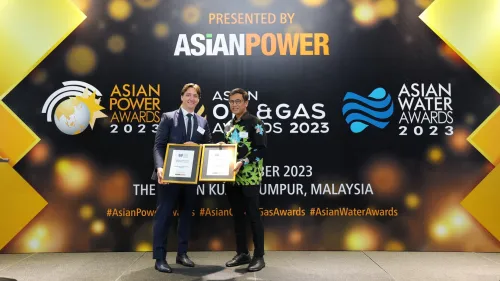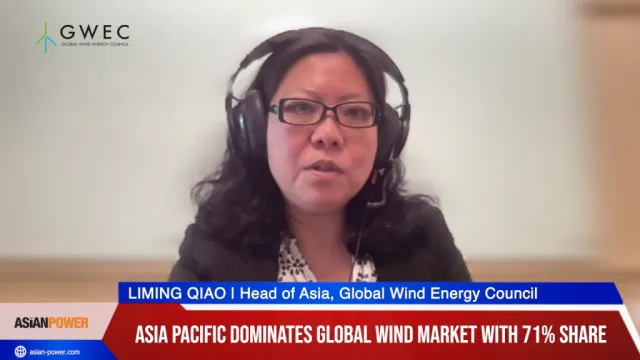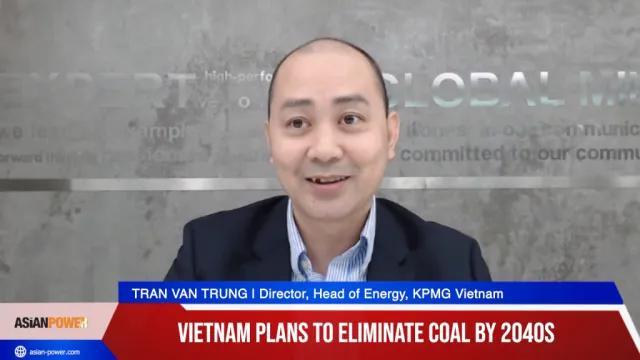
China to be the world's biggest energy importer by 2035
The power giant will trample Europe in power dependence.
Global energy consumption grows at an unprecedented rates and China is again at the forefront of this ballooning trend.
According to an energy outlook report published by oil and gas firm BP, energy production rises by 40% while consumption grows by 48%. China’s share in global energy demand rises from 23% in 2014 to 25% in 2035, while its growth contributes 32% to the world’s net increase.
China’s energy mix continues to evolve with coal’s dominance declining from 66% in 2014 to 47% in 2035 and natural gas more than doubling to 11%; oil’s share is
unchanged at around 19%.
Here's more from BP:
Demand for all fossil fuels expands with oil (+63%), gas (+193%) and coal (+5%) accounting for 53% of demand growth. Renewables in power (+593%), nuclear (+827%) and hydro (+43%) also grow fast.
Coal demand peaks in 2027 and then declines by 0.3% p.a. from 2028 to 2035.Industry remains the largest part of final energy consumption, but sees the slowest growth (+31%), causing its share of demand to drop from 51% to 46%.
Energy consumed in transport grows by 93%. Oil remains the dominant fuel, but its market share drops from 91% to 86% in 2035.
Energy production as a share of consumption drops from 82%in 2014 to 80% by 2035, making the country the world’s largest net importer of energy.
Nuclear increases by 12% p.a. from 2014 to 2035, and China accounts for 31% of global nuclear generation. Fossil fuels production continues to rise with increases in gas (+136%) and coal (+10%) more than offsetting declines in oil (-5%).
By 2035 China is the second largest shale gas producer, after the US, growing to over 13Bcf/d by 2035. Oil import dependence rises from 59% in 2014 to 76% in 2035 -higher than the US at its peak in 2005. Gas dependence rises from just under 30% to 42% in 2035.
With the economy expanding by 174% from 2014 to 2035, China’s energy intensity declines by 46%. China’s CO2 emissions increase by 22% and account for 28% of the global total in 2035.


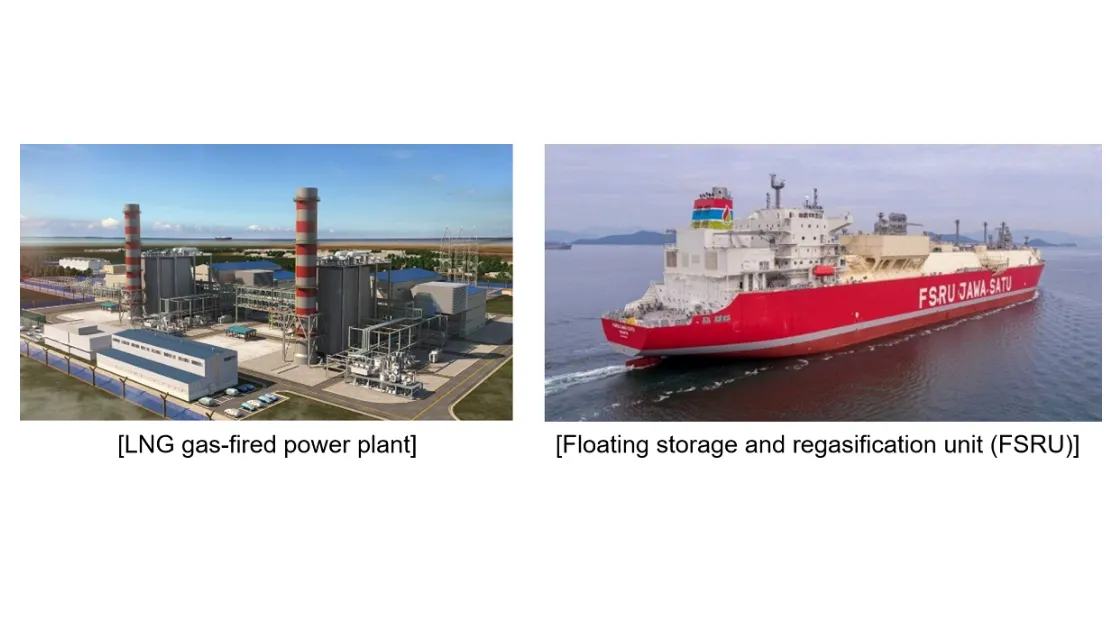
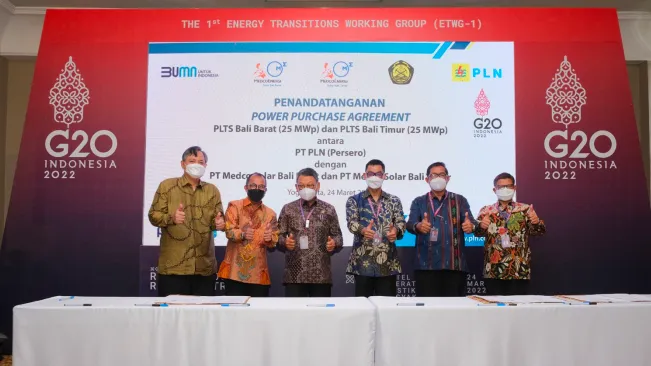





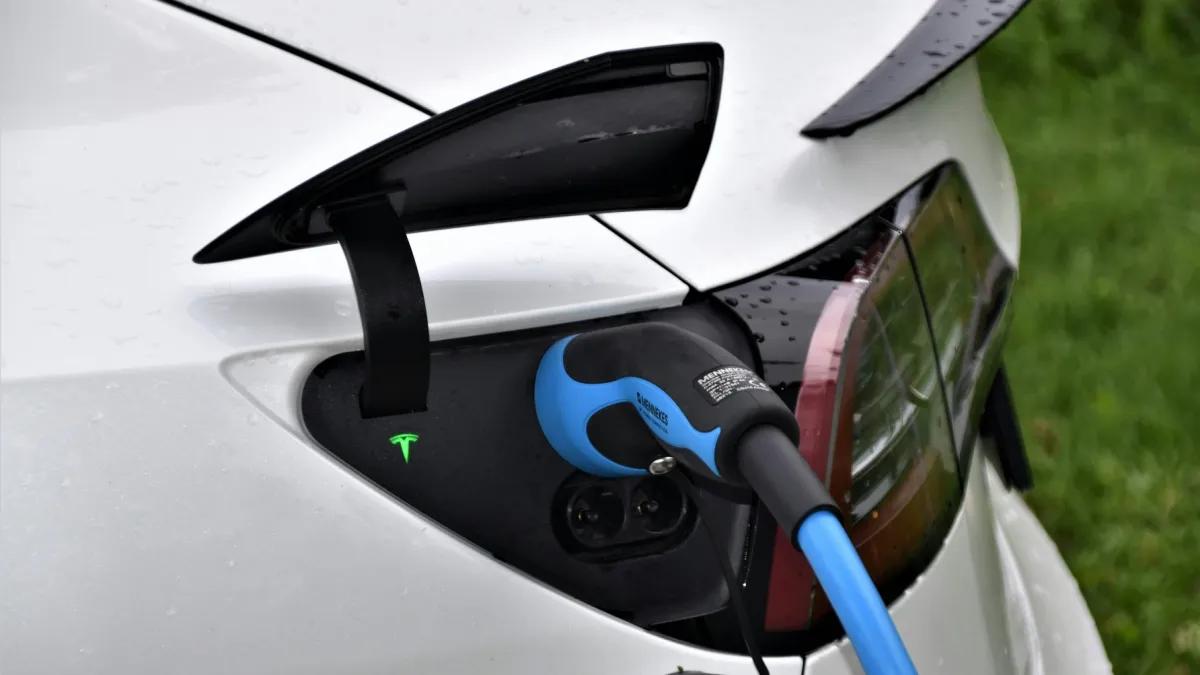



 Advertise
Advertise
